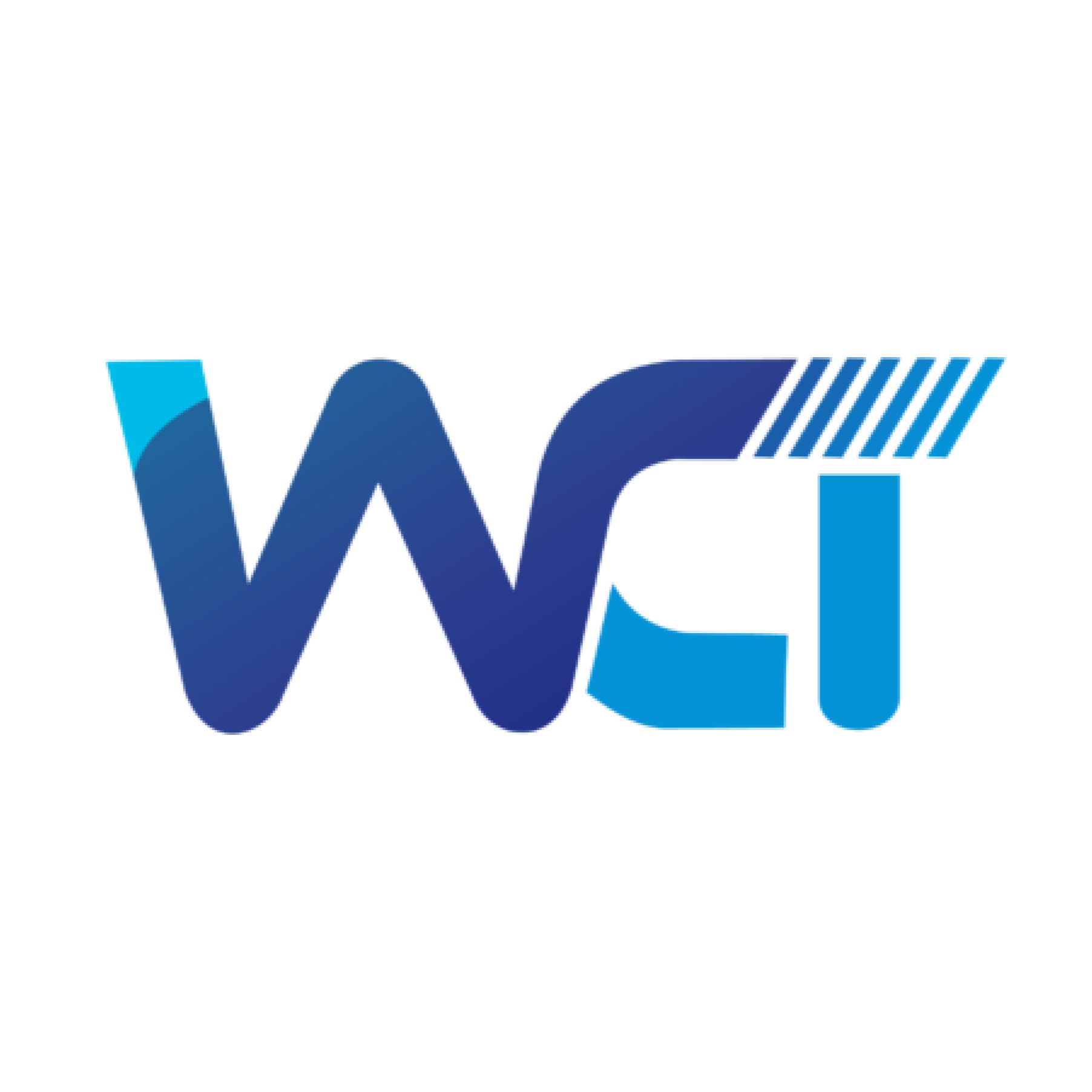

As sure as spring will follow the winter, prosperity and economic growth will follow the recession- summing up the business fact- the economy is cyclical.Since change is constant, business sustainability is crucial. But to build a resilient and agile enterprise, you must do more with less.So, accelerating growth while doing more with less requires investing in people and technology strategically and decisively.That is where Microsoft Dynamics 365 and Power Platform come in.While keeping up with the dynamic market, businesses must innovate and run operations seamlessly.But due to redundant and siloed services, businesses face reduced productivity and duplication of efforts.Therefore, migrating legacy systems to the cloud became inevitable.Dynamics 365 offers a unified business cloud enabling teams to adapt and innovate quickly.It unifies people, data, relationships, and workflows throughout the organization to increase efficiency and productivity.In other words, it creates a hyperconnected business that streamlines operations and processes with lower costs, complexity, and time.All while keeping you agile!That is why today, 4,518 sites globally use Microsoft Dynamics 365.Additionally, Dynamics 365 brings savings of 50% in CRM processes compared to Salesforce.Imagine a healthcare organization that wants a 360-degree view of its patients. It improves care quality and minimizes high-risk claims through early diagnosis.Additionally, the organization desired personalized services for every patient at all the touchpoints throughout their journey.However, the challenge was to merge multiple data sources and technologies into a single view. And with Dynamics 365, this was possible.The organization had built a comprehensive, centralized platform with a single view, interoperable for all stakeholders.They could deliver content relevant to a specific group of patients based on their medical histories.For instance, they can provide recommendations on diet, exercises, and tests for diabetics.As a result, they could offer better patient outcomes with lower membership rates and higher engagement rates.It is certainly not wrong to say that this cohesive business cloud helps reduce costs while improving efficiency. It also drives cross-functional engagement and delivers exceptional customer experiences.But there is more to this.The healthcare organization wanted to leverage more features in the Dynamics 365 environment.They wanted streamlined business processes, streamlined workflows, and faster innovation.That is where Power Platform comes in.Microsoft Power Platform enables organizations to accelerate innovation while reducing costs. It provides low-code tools to analyze data, automate processes, and build applications, websites, and virtual agents.You can connect Power Platform with Microsoft 365, Dynamics 365, Microsoft Azure, and other applications and create end-to-end business solutions.That is why 97% of Fortune 500 companies use Microsoft Power Platform for their business.
Check out how you can empower your workforcewith Microsoft Power Platform.
So how did the healthcare organization extend Dynamics 365 capabilities with Power Platform?Power BI drives informed, confident business decisions through data-driven insights. So, the organization can combine it with Dynamics 365 to plan campaigns, analyze results, and develop best practices for their business.Imagine a scenario where the patient has suffered a cardiac stroke. The paramedic team takes care of the vital information, notes it, and shares it with the specialized care team.Where can Power App help in this scenario?With an emergency solution, you can simplify the process for everyone involved and get the correct information at the right time. The specialist team can track the entire course of treatment.Not only that, but with Power App, you can build another solution that provides information on the right medical equipment and tests to diagnose and treat the disease.Power App drives citizen development. Therefore, any business user can simplify and standardize services themselves.Finally, Power Automate replaces manual workflows with automated, well-organized processes.Healthcare typically deals with numerous complex processes around insurance claims, membership renewals, compliance, and financial factors. With Power Automate, you can speed up the process by eliminating manual work, increasing visibility into these procedures, and automating redundant organizational processes.As has always been said, "Work smarter, not harder." And in unprecedented times, this adage has come into practice.Companies are exploring technologies that amplify what an employee does best to increase productivity.That is why Dynamics 365 provides all the digital tools a company needs to make the right impact and derive the exact value for all business operations. Whether it is marketing, sales, customer service, eCommerce, supply chain, or finance, Dynamics 365 serves you everything, all under a single roof!Moreover, AI empowers employees to become catalysts for innovation across all business functions. The visibility and focus that Dynamics 365 and Power Platform provide comes through predictive insights and guided workflows powered by AI.Today workplaces are more decentralized. Therefore, it is critical and challenging to imbibe a collaborative culture.As collaboration is crucial for improved communication and increased productivity, Dynamics 365, Microsoft 365, and Power Platform help people to collaborate effectively across all business functions and manage workflows.
We are here for you! If you want to democratize cloud-scale innovation, reduce IT costs, boost productivity, amplify business outcomes, and automate processes, then Dynamics 365 and Microsoft Power Platform are for you.Whether sunset to the legacy system, migration, or optimizing your existing solutions, you can bank upon us.We will help you to explore, strategize and implement the capabilities of Dynamics 365 and Microsoft Power Platform for your business. Contact us to find out more about the gamut of services we offer.
